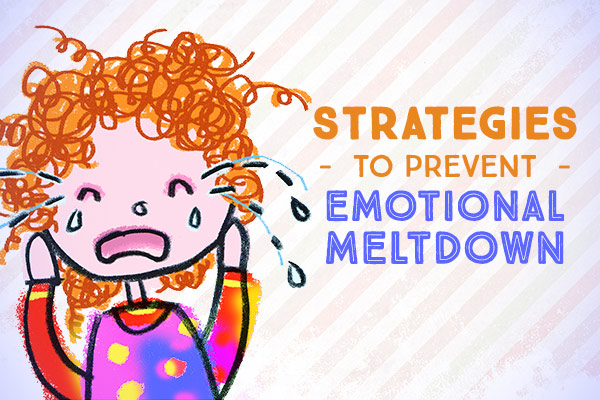 It feels like a tsunami when it happens, a tantrum or emotional breakdown. We are just beginning to understand emotional intelligence and its connection to nature and nurture. And we are still pondering the impact of our sensory system on our emotional capabilities.
But one thing we are all sure about is that sensory regulation is crucial to our long-term emotional development, wellness and mental health. If we can address and incorporate strategies now, we can create a stronger foundation for our children now and in adulthood. This does not mean coddling, but rather fostering the mental strength to be caring, compassionate, feeling and aware of one's own triggers and emotional aptitude. The focus here is not psychology but sensory strategies that can help with emotional development and well-being.
What's your sensory type? The first step to minimizing emotional outbursts is self-awareness. Are you a sensory seeker, a sensory avoider, or an under responder? With this knowledge, you can help provide a daily sensory diet to maximize success and minimize trauma. Does your child prefer weighted clothing? Does your student get agitated when there is too much activity? What effect does noise have?
Check in with feelings. How are you feeling today? What was your day like? These are just a few questions that can open dialogue. Don't expect instant answers but the questions are important to letting your child know you care. Try using a tool or game to open up discussion as well. You might also like a regulation tool to help understand feelings and emotions or a toolkit like the Social Emotion Regulation Box.
Know the triggers. So what sets you off? And what sets off your student? If you can identify the triggers, you can adjust the environment, schedule or routine to minimize overload. Too noisy? Try noise-cancelling headphones. Too bright? Try dimming the lights. Too much sitting? Try a standing balance board.
Create a calming space. A sensory room or ChillSpa room in your home, clinic or school can be a safe haven for individuals with emotional challenges. While minimizing distractions and balancing sound and light, a sensory room can provide the right environment for mindfulness and calm.
What's your outlet? So what helps to calm you down? Movement? Sound? Vibration? Smell? Touch exploration? Chewing, fidgeting, heavy handwork? Art or music? Knowing a favorite sensory filter can help to curb an emotional outburst. If one filter is overused, such as chewing, another filter such as movement can be introduced to curb the behavior and regulate sensory information. Let's look at a few outlets:
Keep Moving. This is a great go-to outlet to encourage an overall feeling of wellbeing. Movement can include walking, jumping, rolling, crashing, climbing, swinging or playing movement games. Remember that kids in motion are generally happier and healthier.
Music to Your Ears. Music is known to change our moods. Select the tunes that help bring emotional stability. It can differ for different people but classical or synthesized music can have a dramatic effect on emotional well-being. Also learning a musical instrument can be a sensational outlet to stabilize mood.
Rumble and Shake. Vibration tools such as vibrating devices, lap pads, neck pillows or toys can stimulate the sensory system just enough to help create calm and focus. Try different vibrational frequencies and even tools such as an electric toothbrush around the mouth to encourage a calm and relaxed state.
Smells So Nice. Lavender, vevitar, lemon grass and basil are just a few aromatherapy scents known to calm and relax. But even citrus or peppermint can stimulate the olfactory system, providing a terrific sensory filter. Try a diffuser in the room or toss a drop of lavender in with your laundry or grab a scented putty to calm or awaken.
Chew and Fidget. For those times when an individual is stressed, try offering an oral motor or fidget friendly outlet. Using the fingers, feet or mouth to move, chew and fidget can calm and relax an individual on the verge of a meltdown.
Lastly, keep a journal and encourage your child or student to journal as well. Writing a gratitude journal can be truly impactful, empowering self-expression and raising self-awareness too.
It feels like a tsunami when it happens, a tantrum or emotional breakdown. We are just beginning to understand emotional intelligence and its connection to nature and nurture. And we are still pondering the impact of our sensory system on our emotional capabilities.
But one thing we are all sure about is that sensory regulation is crucial to our long-term emotional development, wellness and mental health. If we can address and incorporate strategies now, we can create a stronger foundation for our children now and in adulthood. This does not mean coddling, but rather fostering the mental strength to be caring, compassionate, feeling and aware of one's own triggers and emotional aptitude. The focus here is not psychology but sensory strategies that can help with emotional development and well-being.
What's your sensory type? The first step to minimizing emotional outbursts is self-awareness. Are you a sensory seeker, a sensory avoider, or an under responder? With this knowledge, you can help provide a daily sensory diet to maximize success and minimize trauma. Does your child prefer weighted clothing? Does your student get agitated when there is too much activity? What effect does noise have?
Check in with feelings. How are you feeling today? What was your day like? These are just a few questions that can open dialogue. Don't expect instant answers but the questions are important to letting your child know you care. Try using a tool or game to open up discussion as well. You might also like a regulation tool to help understand feelings and emotions or a toolkit like the Social Emotion Regulation Box.
Know the triggers. So what sets you off? And what sets off your student? If you can identify the triggers, you can adjust the environment, schedule or routine to minimize overload. Too noisy? Try noise-cancelling headphones. Too bright? Try dimming the lights. Too much sitting? Try a standing balance board.
Create a calming space. A sensory room or ChillSpa room in your home, clinic or school can be a safe haven for individuals with emotional challenges. While minimizing distractions and balancing sound and light, a sensory room can provide the right environment for mindfulness and calm.
What's your outlet? So what helps to calm you down? Movement? Sound? Vibration? Smell? Touch exploration? Chewing, fidgeting, heavy handwork? Art or music? Knowing a favorite sensory filter can help to curb an emotional outburst. If one filter is overused, such as chewing, another filter such as movement can be introduced to curb the behavior and regulate sensory information. Let's look at a few outlets:
Keep Moving. This is a great go-to outlet to encourage an overall feeling of wellbeing. Movement can include walking, jumping, rolling, crashing, climbing, swinging or playing movement games. Remember that kids in motion are generally happier and healthier.
Music to Your Ears. Music is known to change our moods. Select the tunes that help bring emotional stability. It can differ for different people but classical or synthesized music can have a dramatic effect on emotional well-being. Also learning a musical instrument can be a sensational outlet to stabilize mood.
Rumble and Shake. Vibration tools such as vibrating devices, lap pads, neck pillows or toys can stimulate the sensory system just enough to help create calm and focus. Try different vibrational frequencies and even tools such as an electric toothbrush around the mouth to encourage a calm and relaxed state.
Smells So Nice. Lavender, vevitar, lemon grass and basil are just a few aromatherapy scents known to calm and relax. But even citrus or peppermint can stimulate the olfactory system, providing a terrific sensory filter. Try a diffuser in the room or toss a drop of lavender in with your laundry or grab a scented putty to calm or awaken.
Chew and Fidget. For those times when an individual is stressed, try offering an oral motor or fidget friendly outlet. Using the fingers, feet or mouth to move, chew and fidget can calm and relax an individual on the verge of a meltdown.
Lastly, keep a journal and encourage your child or student to journal as well. Writing a gratitude journal can be truly impactful, empowering self-expression and raising self-awareness too. It feels like a tsunami when it happens, a tantrum or emotional breakdown. We are just beginning to understand emotional intelligence and its connection to nature and nurture. And we are still pondering the impact of our sensory system on our emotional capabilities.
But one thing we are all sure about is that sensory regulation is crucial to our long-term emotional development, wellness and mental health. If we can address and incorporate strategies now, we can create a stronger foundation for our children now and in adulthood. This does not mean coddling, but rather fostering the mental strength to be caring, compassionate, feeling and aware of one's own triggers and emotional aptitude. The focus here is not psychology but sensory strategies that can help with emotional development and well-being.
What's your sensory type? The first step to minimizing emotional outbursts is self-awareness. Are you a sensory seeker, a sensory avoider, or an under responder? With this knowledge, you can help provide a daily sensory diet to maximize success and minimize trauma. Does your child prefer weighted clothing? Does your student get agitated when there is too much activity? What effect does noise have?
Check in with feelings. How are you feeling today? What was your day like? These are just a few questions that can open dialogue. Don't expect instant answers but the questions are important to letting your child know you care. Try using a tool or game to open up discussion as well. You might also like a regulation tool to help understand feelings and emotions or a toolkit like the Social Emotion Regulation Box.
Know the triggers. So what sets you off? And what sets off your student? If you can identify the triggers, you can adjust the environment, schedule or routine to minimize overload. Too noisy? Try noise-cancelling headphones. Too bright? Try dimming the lights. Too much sitting? Try a standing balance board.
Create a calming space. A sensory room or ChillSpa room in your home, clinic or school can be a safe haven for individuals with emotional challenges. While minimizing distractions and balancing sound and light, a sensory room can provide the right environment for mindfulness and calm.
What's your outlet? So what helps to calm you down? Movement? Sound? Vibration? Smell? Touch exploration? Chewing, fidgeting, heavy handwork? Art or music? Knowing a favorite sensory filter can help to curb an emotional outburst. If one filter is overused, such as chewing, another filter such as movement can be introduced to curb the behavior and regulate sensory information. Let's look at a few outlets:
Keep Moving. This is a great go-to outlet to encourage an overall feeling of wellbeing. Movement can include walking, jumping, rolling, crashing, climbing, swinging or playing movement games. Remember that kids in motion are generally happier and healthier.
Music to Your Ears. Music is known to change our moods. Select the tunes that help bring emotional stability. It can differ for different people but classical or synthesized music can have a dramatic effect on emotional well-being. Also learning a musical instrument can be a sensational outlet to stabilize mood.
Rumble and Shake. Vibration tools such as vibrating devices, lap pads, neck pillows or toys can stimulate the sensory system just enough to help create calm and focus. Try different vibrational frequencies and even tools such as an electric toothbrush around the mouth to encourage a calm and relaxed state.
Smells So Nice. Lavender, vevitar, lemon grass and basil are just a few aromatherapy scents known to calm and relax. But even citrus or peppermint can stimulate the olfactory system, providing a terrific sensory filter. Try a diffuser in the room or toss a drop of lavender in with your laundry or grab a scented putty to calm or awaken.
Chew and Fidget. For those times when an individual is stressed, try offering an oral motor or fidget friendly outlet. Using the fingers, feet or mouth to move, chew and fidget can calm and relax an individual on the verge of a meltdown.
Lastly, keep a journal and encourage your child or student to journal as well. Writing a gratitude journal can be truly impactful, empowering self-expression and raising self-awareness too.
It feels like a tsunami when it happens, a tantrum or emotional breakdown. We are just beginning to understand emotional intelligence and its connection to nature and nurture. And we are still pondering the impact of our sensory system on our emotional capabilities.
But one thing we are all sure about is that sensory regulation is crucial to our long-term emotional development, wellness and mental health. If we can address and incorporate strategies now, we can create a stronger foundation for our children now and in adulthood. This does not mean coddling, but rather fostering the mental strength to be caring, compassionate, feeling and aware of one's own triggers and emotional aptitude. The focus here is not psychology but sensory strategies that can help with emotional development and well-being.
What's your sensory type? The first step to minimizing emotional outbursts is self-awareness. Are you a sensory seeker, a sensory avoider, or an under responder? With this knowledge, you can help provide a daily sensory diet to maximize success and minimize trauma. Does your child prefer weighted clothing? Does your student get agitated when there is too much activity? What effect does noise have?
Check in with feelings. How are you feeling today? What was your day like? These are just a few questions that can open dialogue. Don't expect instant answers but the questions are important to letting your child know you care. Try using a tool or game to open up discussion as well. You might also like a regulation tool to help understand feelings and emotions or a toolkit like the Social Emotion Regulation Box.
Know the triggers. So what sets you off? And what sets off your student? If you can identify the triggers, you can adjust the environment, schedule or routine to minimize overload. Too noisy? Try noise-cancelling headphones. Too bright? Try dimming the lights. Too much sitting? Try a standing balance board.
Create a calming space. A sensory room or ChillSpa room in your home, clinic or school can be a safe haven for individuals with emotional challenges. While minimizing distractions and balancing sound and light, a sensory room can provide the right environment for mindfulness and calm.
What's your outlet? So what helps to calm you down? Movement? Sound? Vibration? Smell? Touch exploration? Chewing, fidgeting, heavy handwork? Art or music? Knowing a favorite sensory filter can help to curb an emotional outburst. If one filter is overused, such as chewing, another filter such as movement can be introduced to curb the behavior and regulate sensory information. Let's look at a few outlets:
Keep Moving. This is a great go-to outlet to encourage an overall feeling of wellbeing. Movement can include walking, jumping, rolling, crashing, climbing, swinging or playing movement games. Remember that kids in motion are generally happier and healthier.
Music to Your Ears. Music is known to change our moods. Select the tunes that help bring emotional stability. It can differ for different people but classical or synthesized music can have a dramatic effect on emotional well-being. Also learning a musical instrument can be a sensational outlet to stabilize mood.
Rumble and Shake. Vibration tools such as vibrating devices, lap pads, neck pillows or toys can stimulate the sensory system just enough to help create calm and focus. Try different vibrational frequencies and even tools such as an electric toothbrush around the mouth to encourage a calm and relaxed state.
Smells So Nice. Lavender, vevitar, lemon grass and basil are just a few aromatherapy scents known to calm and relax. But even citrus or peppermint can stimulate the olfactory system, providing a terrific sensory filter. Try a diffuser in the room or toss a drop of lavender in with your laundry or grab a scented putty to calm or awaken.
Chew and Fidget. For those times when an individual is stressed, try offering an oral motor or fidget friendly outlet. Using the fingers, feet or mouth to move, chew and fidget can calm and relax an individual on the verge of a meltdown.
Lastly, keep a journal and encourage your child or student to journal as well. Writing a gratitude journal can be truly impactful, empowering self-expression and raising self-awareness too.Similar posts
















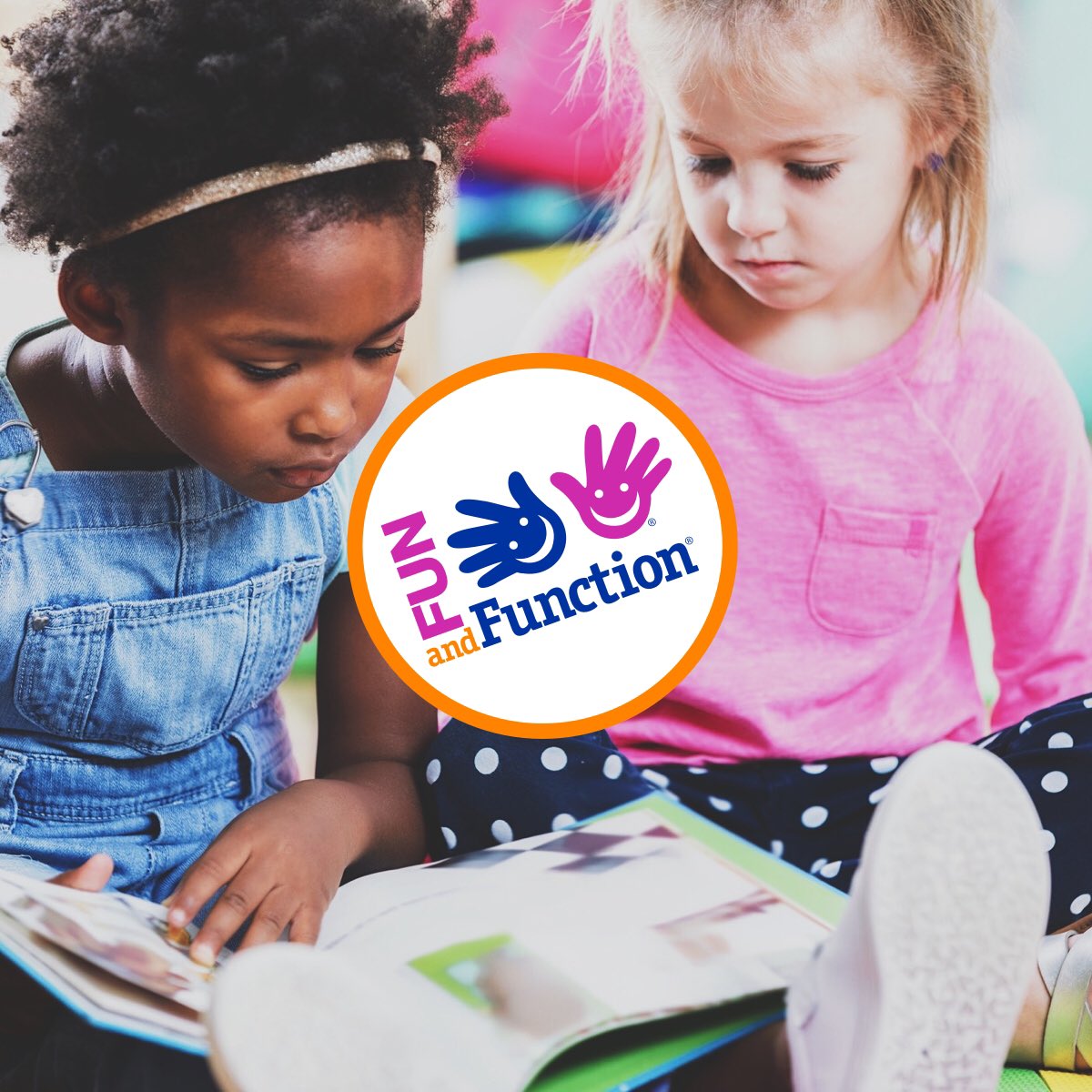
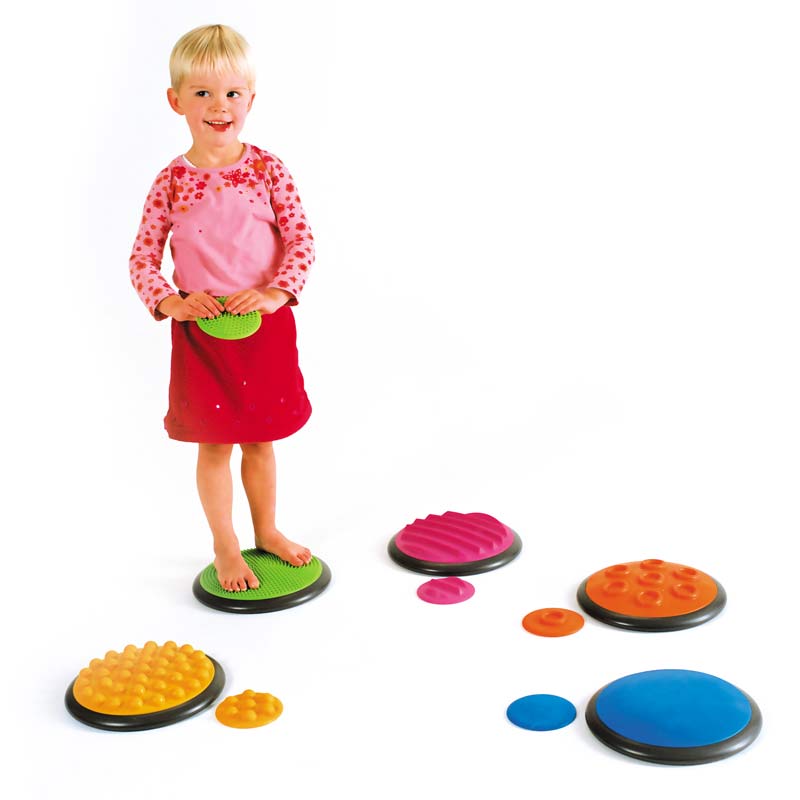
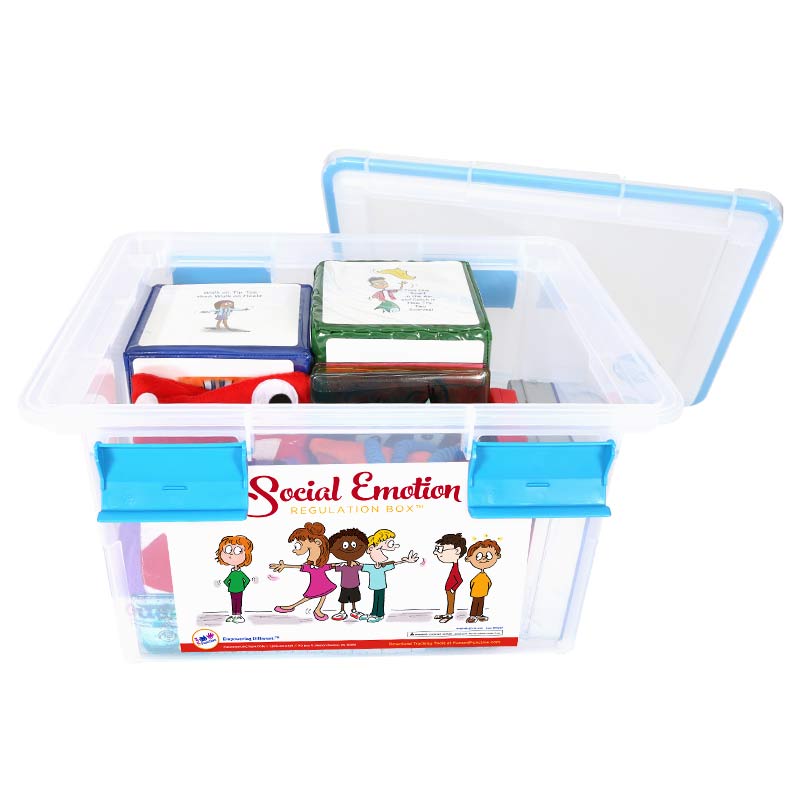
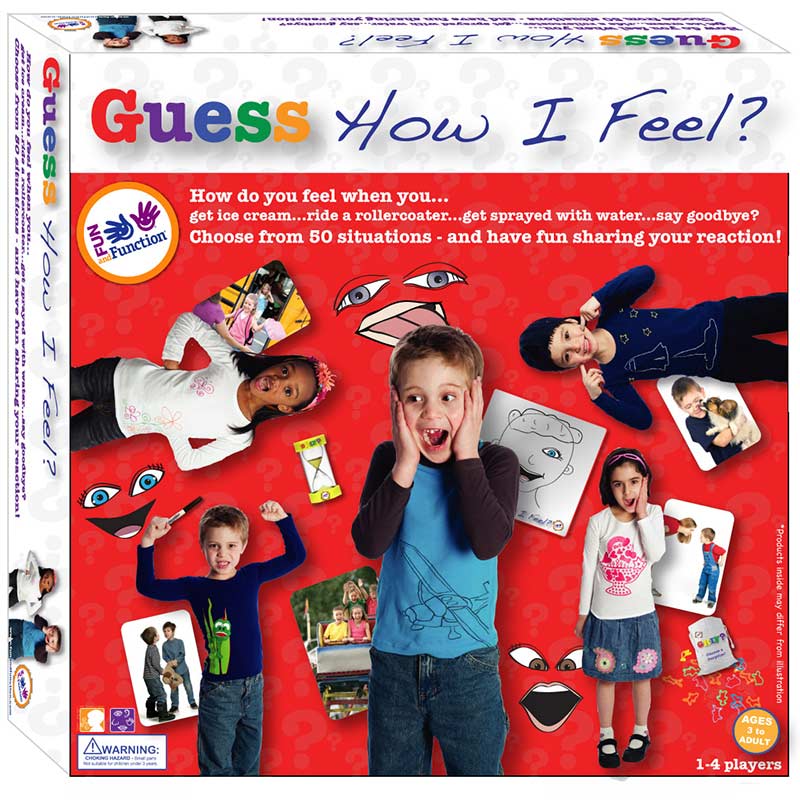
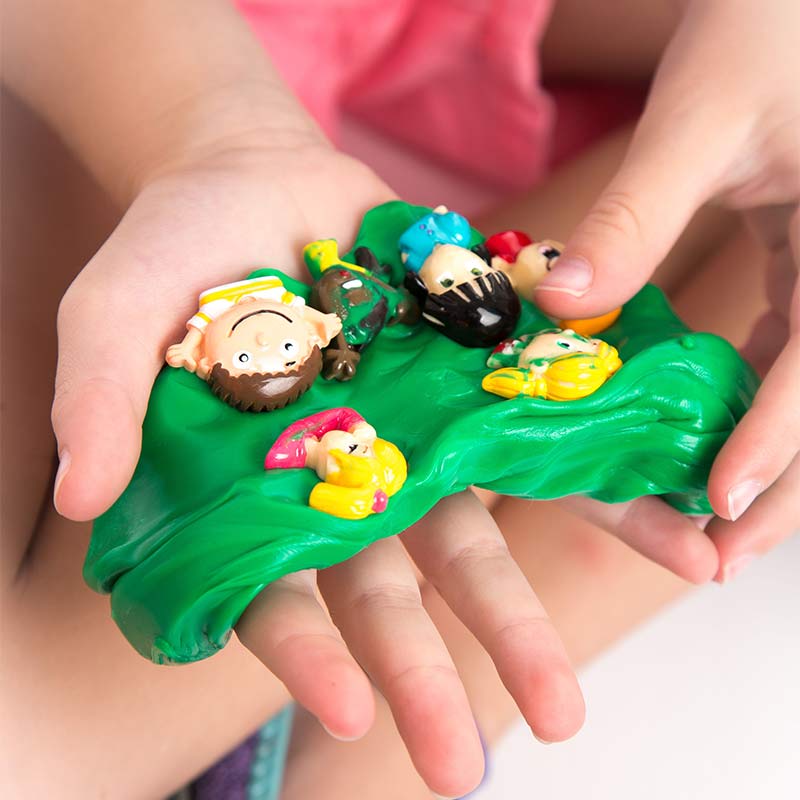



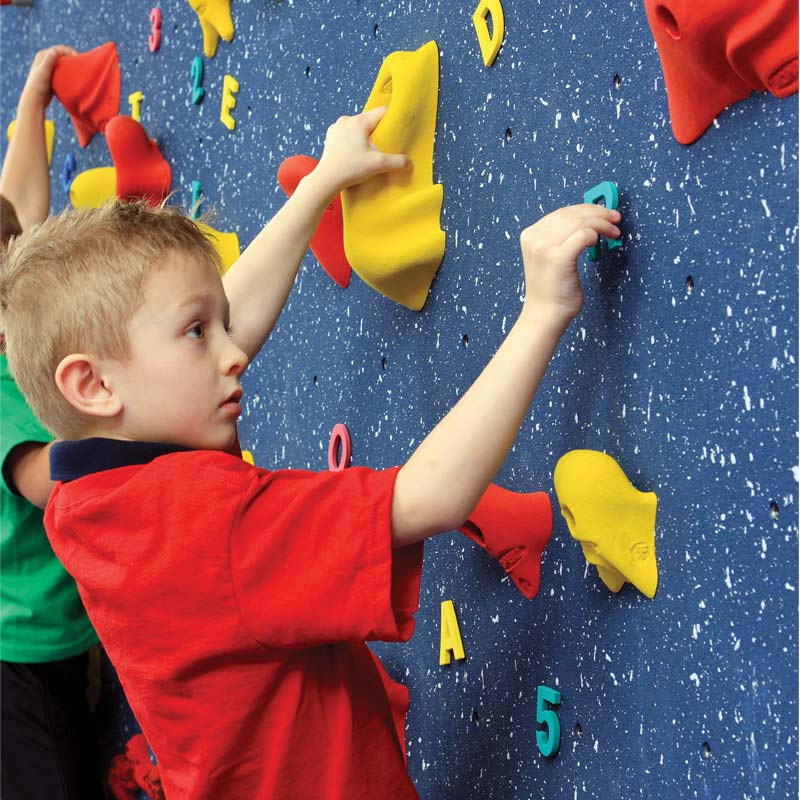
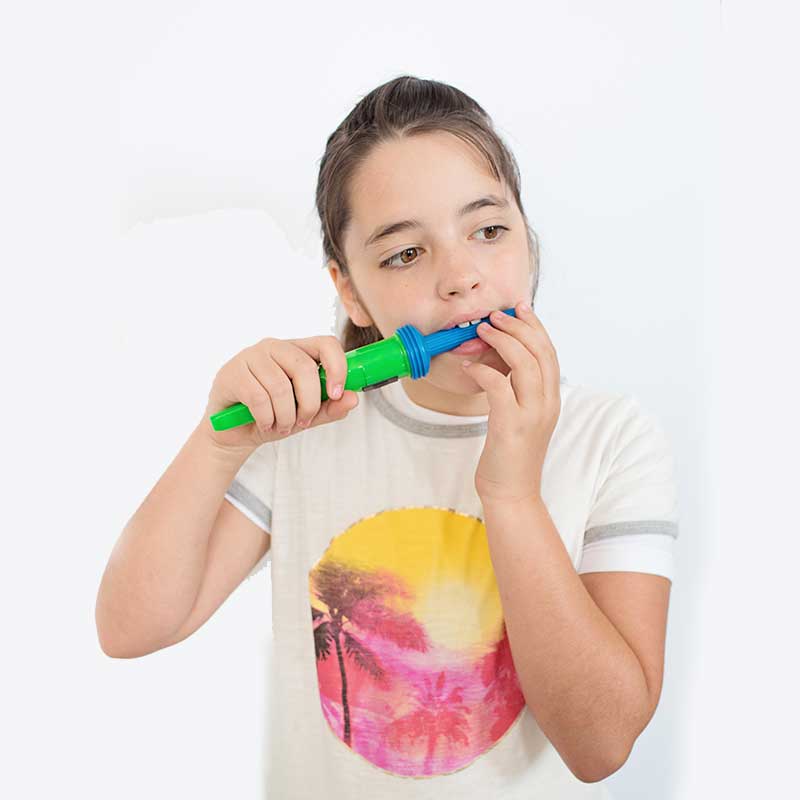






Comments